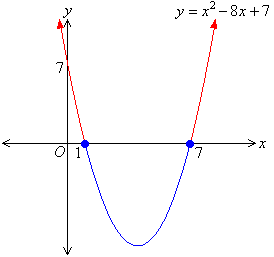Key points and important formulae for the Edexcel GCE Maths C1 module
Pinned to
412
17
0
No tags specified
|
|
Created by Daniel Cox
over 8 years ago
|
|
|
|
Copied by Daniel Cox
over 8 years ago
|
|
Close



